The 6 Best Session Replay Tools in 2025 to Optimize Your User Experience
Advertisement
If you've ever wondered why users leave your site halfway through signup or why certain pages quietly underperform, you're not alone. A good analytics dashboard shows you what happened, but session replay tools show you how. These tools capture real user sessions, letting you watch mouse movements, clicks, scrolls, and pauses in real time (or close to it). And when used well, they can tell you more than any heatmap or funnel ever could.
So, if you're working on a site in 2025 and you're trying to pick the right tool to understand real user behavior, you've got options. But which ones are worth your time? Here are six tools that don’t just record sessions—they actually help you see what’s working, what’s not, and why users behave the way they do.
The 6 Best Session Replay Tools in 2025
FullStory
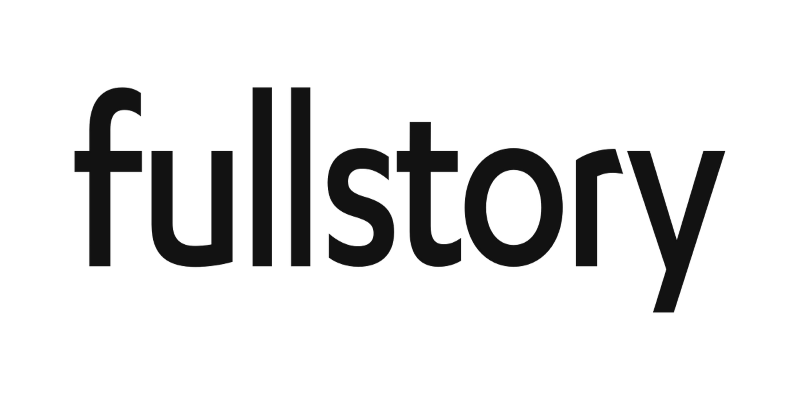
FullStory has been around for a while now, but it's not showing signs of slowing down. The platform feels clean, fast, and well-built. What makes it stand out is how it brings session replays together with everything else—funnel tracking, event insights, and even rage-click detection.
You’re not just watching replays; you’re seeing the moments that matter. For instance, if users keep getting stuck on a form field, you’ll see it flagged as a frustrating moment. You can also jump to sessions that meet a certain condition (like users who abandoned their carts) without manually sifting through hundreds of videos.
Also, the search filters are just plain helpful. You can type in a natural-language query like "checkout errors last 7 days," and it pulls up relevant sessions. If you've used session replay tools before, you'll know how rare that is.
Hotjar
If you're looking for something that's easy to set up and gets you quick insights, Hotjar still holds up in 2025. It’s probably the most beginner-friendly option on the list. You won’t get overwhelmed by too many settings, and it integrates well with most platforms.
The replays show you click paths, time spent on each section, and even moments when users stop interacting. It’s not trying to be everything at once—it just does session replays well, with enough context to help you conclude.
One thing Hotjar does nicely is its Highlights feature. You can clip a portion of a replay and share it with your team, so if there’s a design issue or a confusing layout, it doesn’t get lost in a Slack message.
Smartlook
Smartlook is more under the radar, but it delivers more than you'd expect. It focuses heavily on mobile and app tracking, which makes it a solid option for businesses that don't just live on a desktop. If you're running a mobile-first experience, Smartlook is worth a look.
Their session recordings are paired with automatic event tracking. That means you can filter by "users who tapped the login button but didn't complete the login" and then watch only those replays. It's simple but effective.
They’ve also added crash analytics for mobile apps, which lets you see what a user was doing right before the app failed. If you're trying to fix bugs without bugging your dev team every 10 minutes, this comes in handy.
LogRocket
LogRocket goes a little deeper than most. This is the tool for teams that want to match session data with technical performance—things like slow page loads, API failures, or broken components.
When you watch a session, LogRocket shows you everything from network requests to console logs alongside the replay. It doesn’t just show what the user did—it also shows what the site was doing behind the scenes. That’s a big deal for troubleshooting.
It’s not the most design-focused platform, but it wasn’t meant to be. It’s made for technical teams that want to find the exact line where user frustration begins—so they can stop it before it grows.
Microsoft Clarity
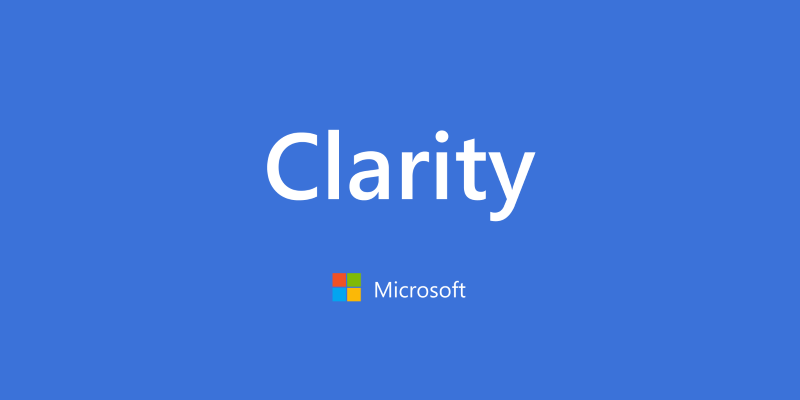
Clarity stands out for one reason: it’s free. And not in a “free until you need something useful” way. It gives you unlimited session recordings, heatmaps, and insights, all without hitting your credit card.
It’s not packed with advanced features, but it nails the basics. You get clear replays, filters to help you find meaningful sessions, and features like “dead clicks” that show where users tried to interact with something that didn’t respond.
Plus, Clarity is light on your site. It doesn’t noticeably affect load times or performance, which is a bonus if you're managing a site with tight speed budgets.
Heap
Heap isn’t primarily a session replay tool—it’s an analytics platform first. But they’ve added replays in a way that makes a lot of sense. Instead of watching random sessions, you look at a specific event (like drop-off at a certain stage) and then watch replays from users who triggered that event.
This kind of “event-to-replay” flow saves a lot of time. You’re not trying to guess what happened. You’re looking directly at what caused it.
And since Heap also tracks user journeys automatically (you don’t have to set up manual tags or events), the combination of session data plus behavioral trends gives you a fuller picture than most other tools.
Wrapping Up
Session replay tools aren’t new. But in 2025, they’ve gone from “nice to have” to “you need this to know what’s actually happening.” And the best part? You don’t need to commit to a monster platform to get value. Some tools, like Clarity, are great starters. Others, like LogRocket or FullStory, go deep when you need answers beyond the surface.
The key is picking the one that fits your team. If you’re design-focused, Hotjar might be more your style. If your product is on mobile, Smartlook will likely save you more time. And if you need visibility into errors and system logs, LogRocket has your back.
Advertisement
Related Articles

Top Trello Alternatives to Try in 2025 for Better Project Management
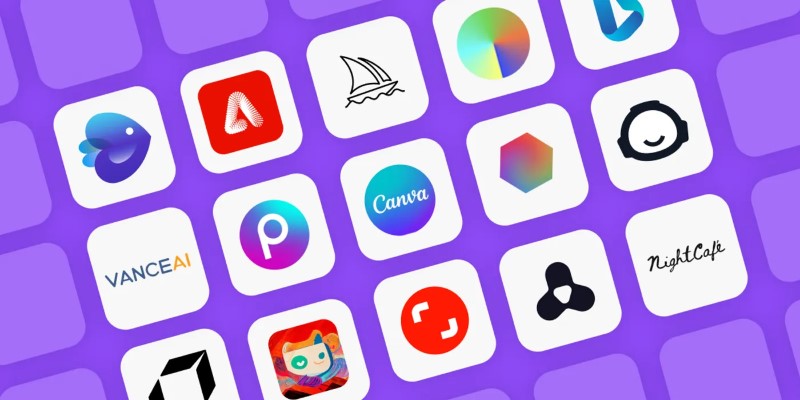
Mind-Blowing AI Art Generators in 2025 That Are Redefining Creativity
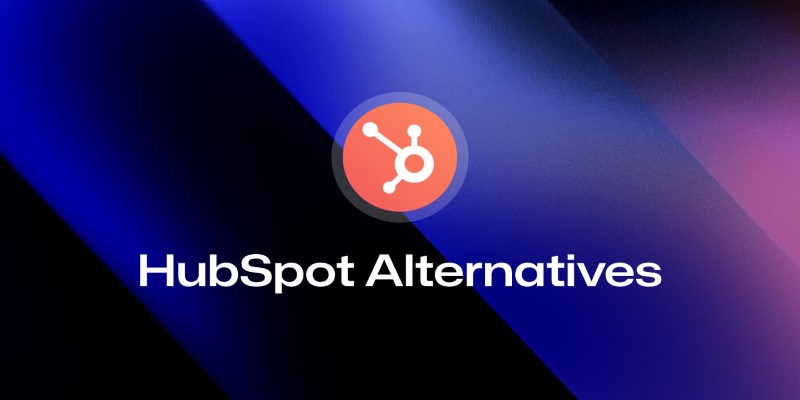
The 8 Best HubSpot Alternatives in 2025 for Smarter Growth and Less Hassle
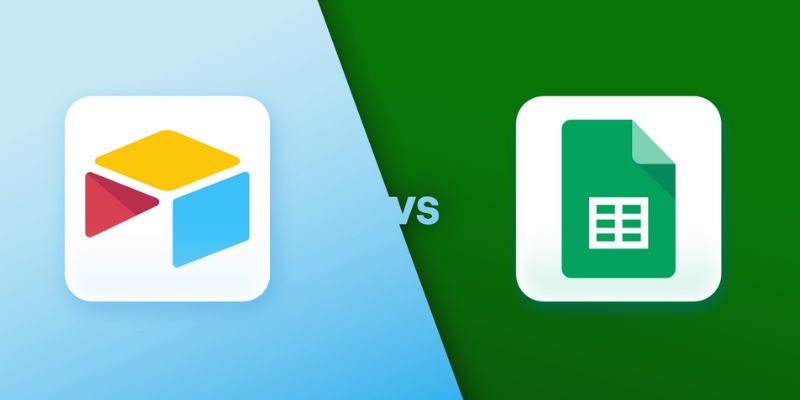
Airtable vs. Google Sheets: Which Should You Use for Your Workflow

The Best DocuSign Alternatives in 2025 for Simple, Secure E-Signatures
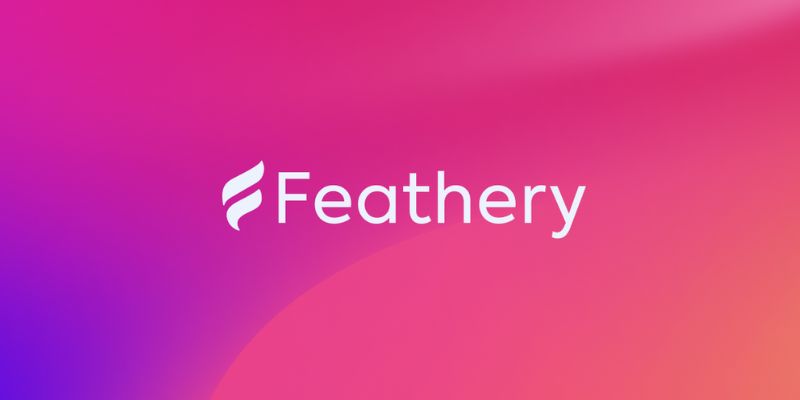
How to Use Feathery for Better No-Code Forms and Workflows: A Complete Guide
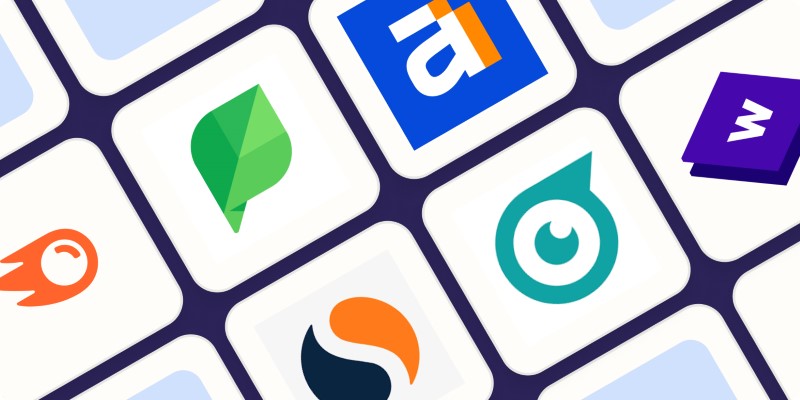
The 10 Best Competitor Analysis Tools in 2025 to Level Up Your Strategy
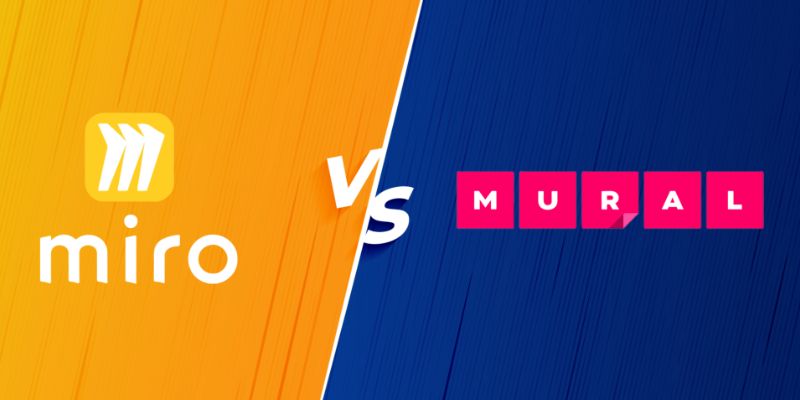
Miro vs Mural: Which Visual Collaboration Tool is Right for You
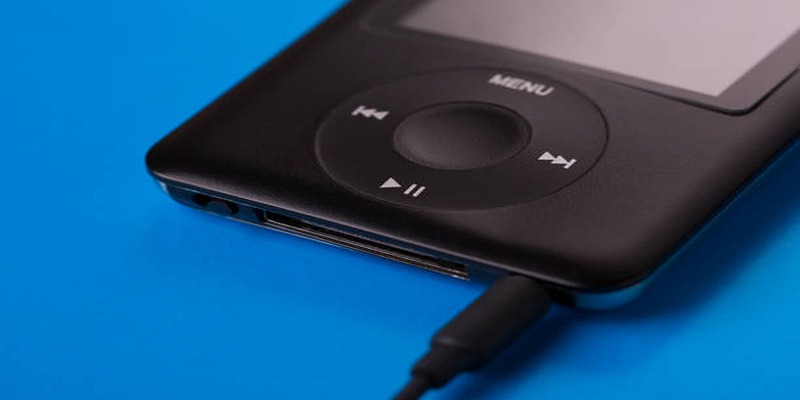
How to Easily Transfer All Videos and Audio to Your iPod
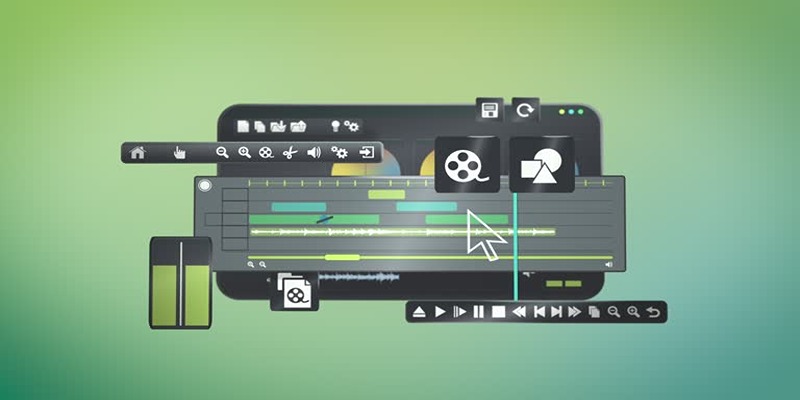
Best AVI Resizer Tools to Resize AVI Videos Without Losing Quality
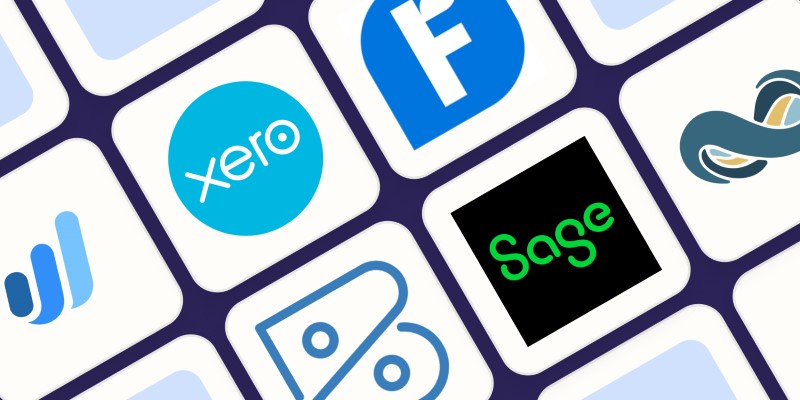
Beyond QuickBooks: 10 Fresh Alternatives to Elevate Your Accounting Game in 2025

 lameuplay
lameuplay